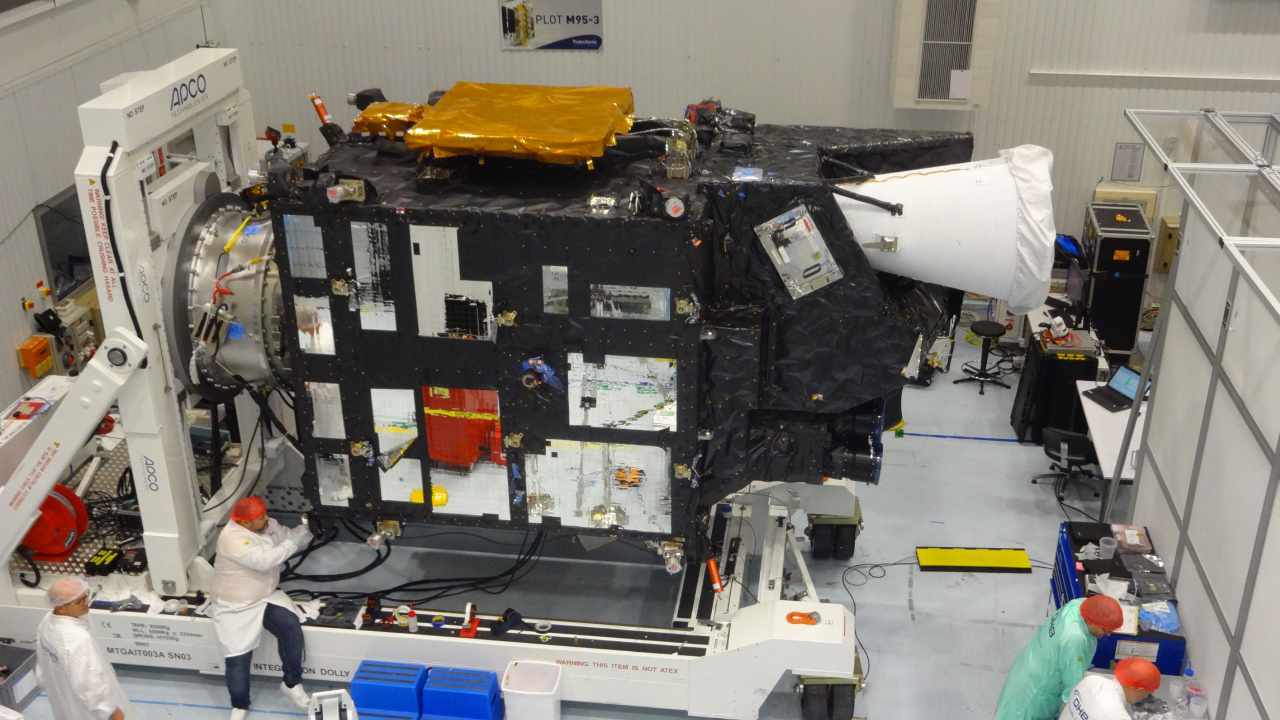Europe on Wednesday unveiled the first in a series of 4 billion euros ($4 billion) satellites designed to provide early warning of extreme weather that has hit the world this year.
The result of 12 years of development by the European Space Agency and 30-nation EUMETSAT, the MTG-I1 satellite will launch later this year on an Ariane 5 rocket and will closely monitor European and African space.
The 3.8-tonne spacecraft will transmit images starting next year and by 2030 it will be joined by three other MTG-I imaging satellites and two MTG-S “probe” satellites in geostationary orbit, which can pierce the atmosphere like a medical scanner.
The hope is that forecasters will gain precious hours in predicting near-term storms and floods that can cost lives.
And scanning the atmosphere will provide a better picture of current conditions to feed into their computerized models.
“A real challenge today… is being able to calculate the initial (climatic) conditions,” said Hervé Roquet, Meteo France’s deputy director of research.
The initiative highlights the race to tackle rising climate disruptions due to global warming, which is expected to cost the world $100 billion in 2021 alone.
While the MTG-I imaging satellites will bring Europe roughly in line with GOES-R operated by NASA and the National Oceanic and Atmospheric Administration, albeit with a newer lightning mapper, MTG-S will deploy sounders in space for the first time.
European officials say China has experimented with the technology with lower accuracy but is yet to deploy it, while acknowledging Beijing’s space programme is developing fast.
Engineers say the search or scan technology will detect storms before they show up on conventional radar.
“As the storm is developing, we can see it. It is picking it up and we can then predict it,” said Paul Blythe, MTG programme manager at the European Space Agency.
On Wednesday, engineers at a shorefront clean-room complex run by Franco-Italian Thales Alenia Space in Cannes, France, swarmed around the satellite, shaped like a small truck, to make final checks before its solar array is fitted in coming days.


























